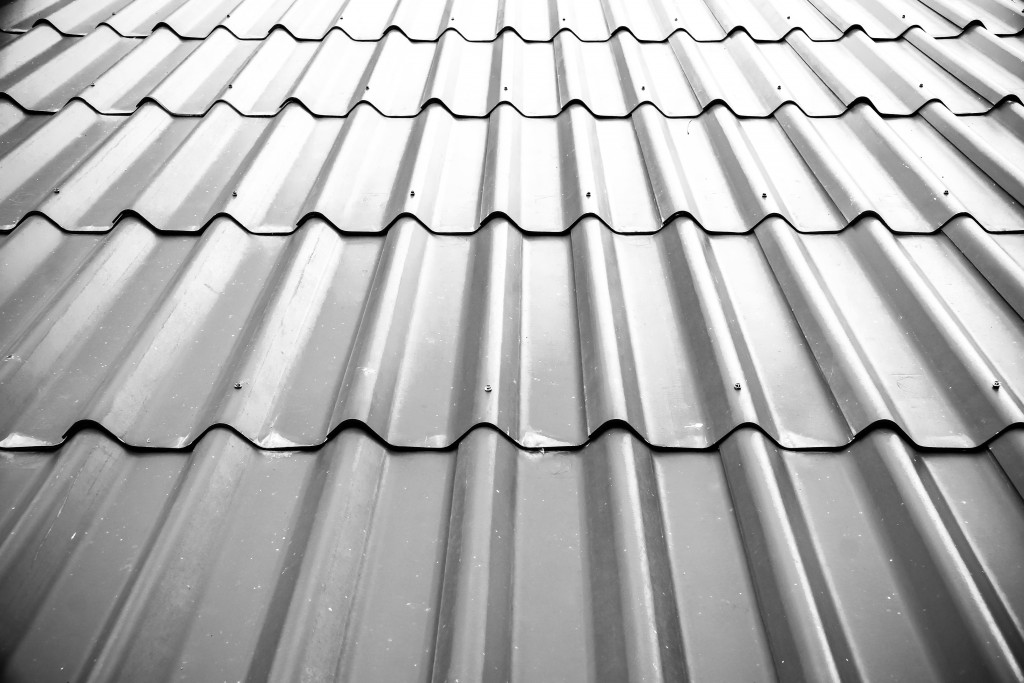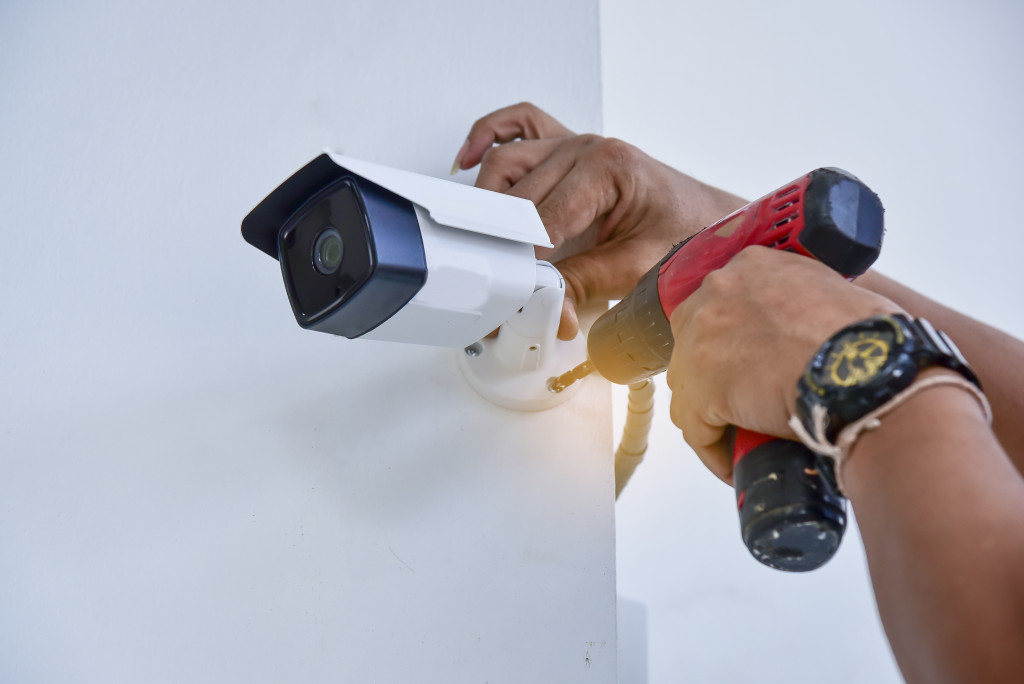- A comprehensive security system reduces burglary risks, including alarms, cameras, smart locks, and window sensors.
- Installing a durable, weather-resistant metal roof offers long-term protection and enhances home safety.
- Home insurance covers unforeseen incidents, protecting your property and personal possessions.
- Regular home maintenance, awareness of potential hazards, and preventive measures are essential for ongoing home protection.
Ensuring the safety of your home is paramount, not just for protecting your valuable possessions but, more importantly, for the well-being of your family. Home is a sanctuary where families should feel secure and free from potential harm. The U.S. Bureau of Justice Statistics indicates that 1 in every 36 homes in the United States will experience a break-in this year, a stark reminder that safety measures are not to be taken lightly. Furthermore, findings from the International Crime Victimization Survey (ICVS) show that 65% of burglaries occur during the day when homes are likely unoccupied.
Of course, keeping your home protected is not just about preventing break-ins. It also protects it from potential hazards such as fires, floods, and other disasters. These events can cause significant damage to your property and pose a risk to the safety of your loved ones.
So, what long-term solutions can you implement to keep your home safe? There are several steps you can take that will provide peace of mind and ensure the security of your home for years to come.
Home Security System
The protection of your home from theft and burglary is a critical aspect of maintaining safety and security. A home invasion results in material loss and invades your personal space and privacy, leading to psychological trauma. An effective home security system can act as a deterrent, reducing the chances of your home becoming a target.
Alarm Systems
Alarm systems are the first line of defense against burglaries. When any unauthorized entry or movement is detected, these systems trigger an alarm, alerting residents and, in some cases, notifying the local police. Modern alarm systems can also be connected to a smartphone application, letting homeowners know of any security breaches remotely.
Surveillance Cameras
Surveillance cameras play a vital role in home security. They can monitor premises 24/7, record any suspicious activity, and act as an effective deterrent against possible intruders. With the advent of technology, these cameras now offer live feed access on your mobile devices, enabling you to keep an eye on your home even when you’re miles away.
Smart Locks
Smart locks provide an added layer of security to your home. Unlike traditional locks, smart locks can be controlled remotely via smartphone apps, and some models even allow for unique access codes for different users. This means your home remains secure even if keys are lost or stolen.
Window Security
Windows often represents a vulnerable point in a home’s defense. Reinforcing your windows with laminated or tempered glass makes it much harder for burglars to gain entry. Additionally, window sensors can be integrated into your home security system to trigger an alarm if a window is opened or broken.
Metal Roof Installation

A key consideration for long-term home protection is the installation of a metal roof. Metal roofing is known for its durability, longevity, and resistance to severe weather conditions. Made to withstand high winds, hail, and even fire, a metal roof can significantly enhance the safety of your home. Besides, metal roofing is environmentally friendly, as it is typically made from recycled materials and can be recycled at the end of its life cycle.
Due to the complexity of metal roof installation, hiring a professional is highly recommended. They’ll ensure the job is done correctly, safely, and efficiently, backed by their expertise and experience.
Several metal roofing materials are available – aluminum, steel, copper, and zinc, each with pros and cons. Consult a professional to help you choose the one best suited for your home and climate. Metal roofs offer a variety of styles and colors to match your home’s aesthetic. From standing seam styles to metal shingles that mimic the look of wood or slate, you can select a style that complements your home’s design.
Before installing the new roof, check the existing one for damage. Any necessary repairs should be completed to provide a solid foundation for the new roof.
Home Insurance

Home insurance is a crucial component of a comprehensive, long-term home protection strategy. It provides financial coverage for unforeseen incidents that could impact your home, such as theft, fire, or natural disasters. While security systems and preventive measures can significantly reduce the risk of such events, they do not eliminate it. This is where home insurance comes in.
The policy covers the cost of repairing or rebuilding your home if it is damaged due to an insured event. It also covers the loss or damage of personal property within the home, ensuring your valuable possessions are protected. Some insurance policies even cover temporary housing costs if your home is uninhabitable after an insured event.
Moreover, home insurance includes liability protection, which can cover legal expenses if someone is injured on your property and decides to sue. Knowing you are shielded from potentially devastating financial loss, peace of mind is invaluable.
However, remember that not all home insurance policies are the same. They vary based on the extent of coverage, the nature of the events they cover, and their terms and conditions. Therefore, it’s essential to read and understand your policy thoroughly.
Final Thoughts
You can implement various measures to protect your home for the long term. Combining a high-quality security system, metal roof installation, and comprehensive insurance coverage can significantly increase the safety and security of your home. Additionally, regularly maintaining your home, keeping up with repairs, and being aware of potential hazards are essential to ensure its protection. Your home is more than just a physical structure; it’s a place of comfort and safety for your family. By taking the necessary precautions, you can ensure it remains that way for years.




